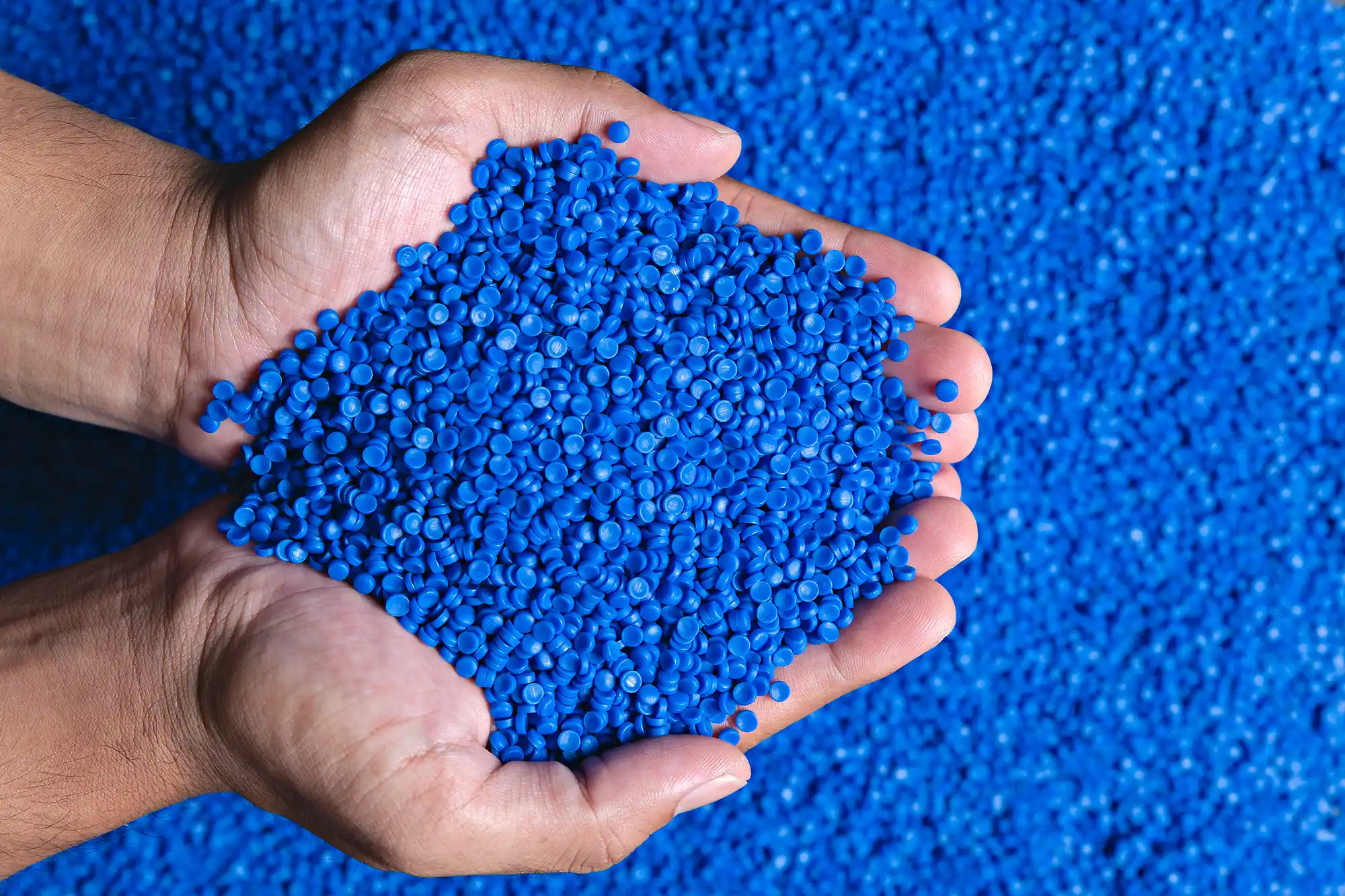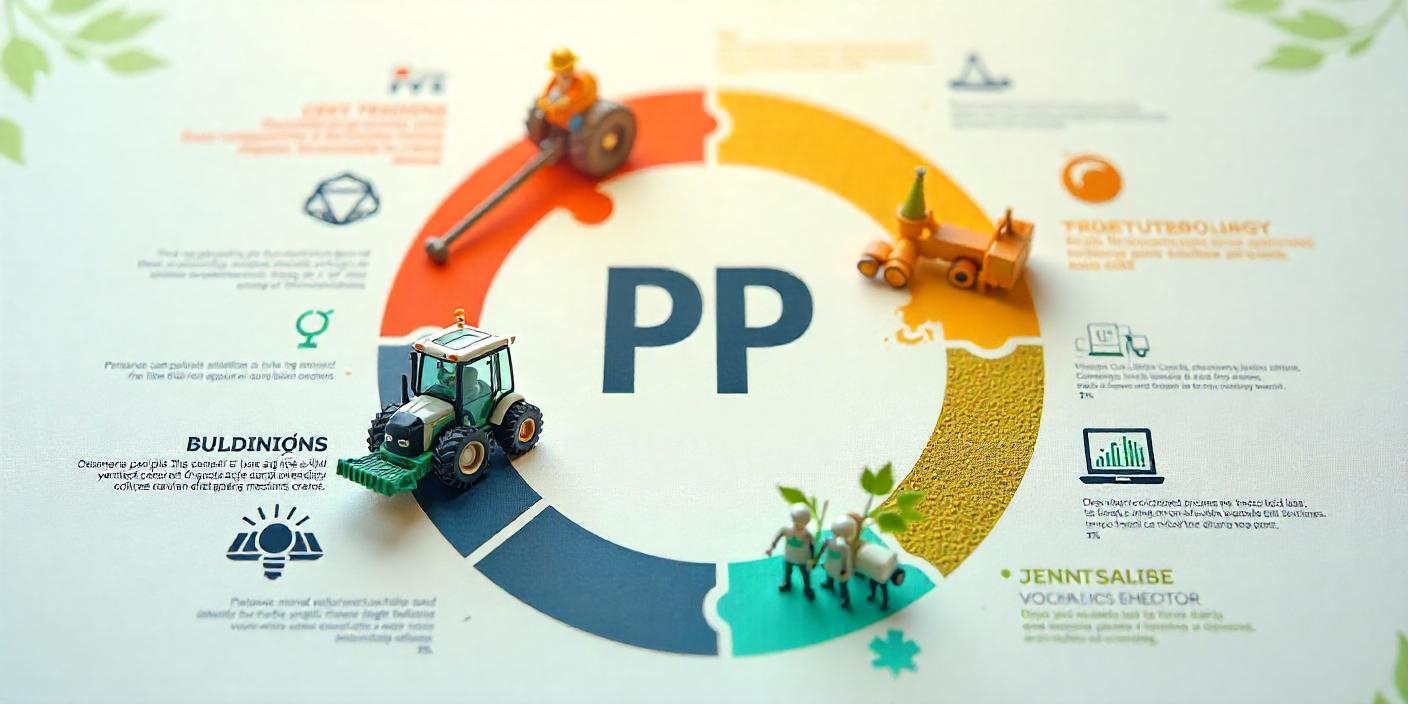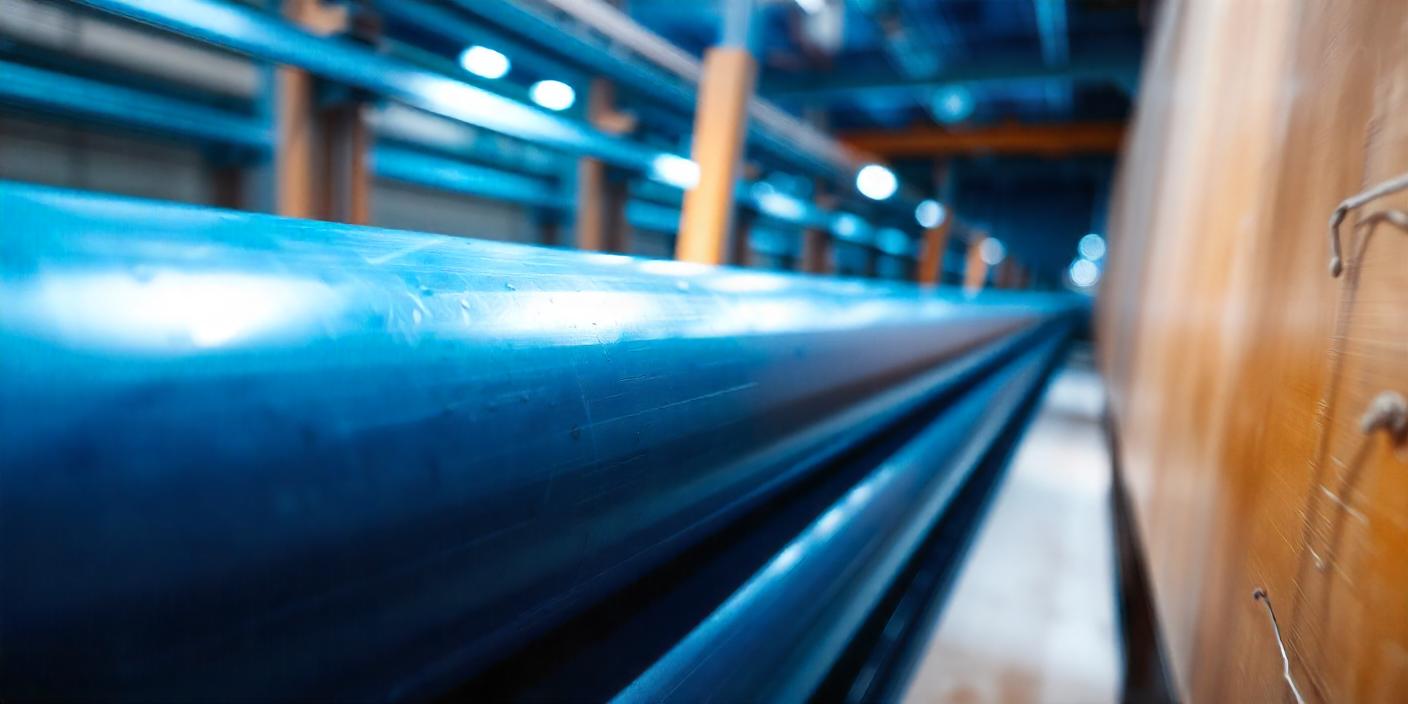Premium HDPE Solutions for Rotational Molding from Iran
If you’re seeking to purchase HDPE for rotational molding from Iran, Flamingo Eurasia Company is here to meet your needs. As a manufacturer and supplier of high-quality polymer compounds, we specialize in providing HDPE grades tailored to your specifications, ensuring suitability for a wide range of rotomolding applications such as large storage tanks, septic tanks, containers, and playground equipment.
HDPE Grades:
Iran offers a diverse range of HDPE grades ideal for rotational molding. Our team can guide you in selecting the most appropriate grade for your specific project, ensuring optimal performance and efficient production.
Pricing:
HDPE prices can vary depending on market conditions, quality, and logistical factors. At Flamingo Eurasia Company, we provide competitive pricing and can supply detailed documentation on available grades and costs to help you make an informed decision. We also consider shipping costs and delivery timelines to ensure seamless procurement.
Sustainability and Quality Assurance:
We prioritize sustainability and quality. Our production processes are environmentally conscious, aligning with global standards. Additionally, we offer product samples and quality certifications to guarantee that our HDPE meets the highest industry standards for rotational molding.
By partnering with Flamingo Eurasia Company
you gain access to reliable expertise, premium HDPE grades, and a commitment to quality and sustainability. Contact us today to discuss your requirements and receive detailed product information tailored to your needs.
HDPE for Rotomolding
High-density polyethylene (HDPE) is a widely utilized material in rotational molding due to its unique properties that suit various applications. One of the primary advantages of using HDPE for rotomolding is its exceptional chemical resistance. This enables the production of products that need to withstand different environmental conditions and exposure to chemicals, making it a popular choice across several industries, including automotive, marine, and consumer goods. Large storage tanks, containers and playground equipment are among the most common products.
In terms of physical properties, HDPE is known for its strength and durability. The rotational molding process involves heating plastic powder in molds while they are rotated biaxially. This process ensures even coating and uniform thickness, resulting in strong, lightweight hollow parts. As a result, products made from HDPE are often characterized by their impact resistance and long life span, which is particularly beneficial in applications like kayaks, storage tanks, and outdoor furniture .
Another key benefit of HDPE is its lightweight nature relative to other materials, which aids in efficiency during transportation and usability. Furthermore, HDPE can be molded into complex shapes and is available in various grades, including specialty grades that enhance performance under specific conditions.
For anyone considering HDPE for rotational molding, it’s essential to ensure the use of certified virgin materials, as these provide the best performance characteristics. Additionally, understanding the specific requirements of the application can guide you in selecting the appropriate grade of HDPE to achieve optimal results in your projects.
Benefits of using HDPE in Rotomolding
High-density polyethylene (HDPE) offers numerous benefits when used in rotational molding, making it a preferred choice across various industries. One of the primary advantages of HDPE is its exceptional chemical resistance, which allows for the production of parts that can endure harsh environmental conditions and exposure to various chemicals. This characteristic is particularly valuable in applications such as automotive components, marine products, and industrial containers, where durability is essential.
Another significant benefit of HDPE is its lightweight nature, resulting in easier handling and reduced transportation costs. This property makes HDPE an ideal material for products like outdoor furniture, kayaks, and storage tanks, which require not only strength but also ease of mobility.
During the rotational molding process, HDPE provides uniform wall thickness, ensuring strong and durable end products. The process involves heating plastic powder in molds while rotating them biaxially, which leads to even coating and minimizes weak points in the final product. This translates into high-impact resistance and a long lifespan, making HDPE a suitable choice for components that face frequent use or physical stress.
Moreover, HDPE can be molded into complex shapes and is available in various grades to cater to specific application needs. Utilizing certified virgin materials ensures optimal performance characteristics and conforming to industry standards, which further enhances the quality of the final products [18]. Thus, for anyone considering HDPE for rotomolding, it is crucial to select the appropriate grade of HDPE aligned with the intended application to achieve the best results. Overall, HDPE’s combination of chemical resistance, lightweight, durability, and flexibility in molding makes it an excellent choice in the rotational molding processes.

Challenges in Rotomolding with HDPE
When it comes to using high-density polyethylene (HDPE) in rotational molding, several challenges can arise that manufacturers need to be aware of to optimize production processes and product performance.
One significant challenge is the material’s tendency to warp or exhibit uneven cooling characteristics during the molding process. As HDPE is heated and cooled, it may shrink more unevenly compared to other materials, potentially leading to distortions in the final product if not properly managed. Additionally, maintaining consistent wall thickness can be problematic, especially in complex shapes. Uneven thickness can compromise the structural integrity of the molded items, resulting in weak points that could fail under stress.
Another issue developers face is the selection of appropriate HDPE grades for specific applications. While various grades exist, each has unique properties that influence processability and final product characteristics. Mismatching the material grade to the desired application can lead to performance issues, particularly in areas demanding enhanced impact resistance or chemical stability. Therefore, careful material selection is crucial for ensuring that the molded designs will meet the required performance standards.
Furthermore, mold design plays a critical role in avoiding challenges during the molding process. Inadequately designed molds can lead to poor filling and surface defects, which are particularly detrimental when producing high-quality HDPE products. Manufacturers must also consider the need for effective release agents to facilitate mold removal, as poor release can result in surface damage to finished products.
Finally, the rotomolding process itself can be resource-intensive, requiring proper time management and temperature control to achieve optimal results. Balancing the production parameters can be tricky and often necessitates more rigorous testing and adjustments before scaling operations. Addressing these challenges effectively is essential for the successful implementation of HDPE in rotational molding applications.
Common Applications of HDPE For Rotomolding
High-Density Polyethylene (HDPE) is a versatile material commonly used in rotational molding due to its strength, durability, and resistance to various environmental factors. The applications of HDPE in rotomolding are extensive and span across multiple industries.
One of the primary applications of HDPE is in the production of large storage tanks. These tanks are designed to hold various liquids and are valued for their robustness and resistance to chemicals, making them ideal for sectors like agriculture and chemical processing . Additionally, HDPE is frequently used in containers and bins, which are lightweight yet strong enough to handle heavy loads, making them suitable for waste management and recycling applications .
Another common use of HDPE is in the manufacture of toys and playground equipment. The material can withstand significant wear and tear while providing safety to users, which is essential in recreational settings. Furthermore, HDPE is also utilized in producing outdoor furniture and fixtures, as it can endure external elements without degrading.
Lastly, HDPE’s qualities contribute to its use in applications requiring UV resistance and temperature resilience, such as agricultural films and protective covers for various installations. The versatility and superior properties of HDPE make it a preferred choice for a wide range of rotomolding applications, ensuring functionality and longevity in the end products.
Technical Considerations While Buying HDPE For Rotomolding
When considering HDPE (High-Density Polyethylene) for rotomolding (rotational molding), there are several technical factors to keep in mind to ensure you select the right material for your needs.
Firstly, the resin selection is crucial. HDPE materials vary in their density, molecular weight, and grade, which can significantly impact the final product’s mechanical properties. Higher density variants typically offer better impact resistance and durability, making them suitable for more demanding applications.
Another important consideration is the melt flow index (MFI) of the HDPE, which indicates the material’s flowability during the molding process. A lower MFI may be preferable for rotomolding as it allows for better control during formation and ensures even distribution of the material through the mold.
Temperature behavior is also critical; understand the thermal properties of the HDPE grade you are considering. The material should withstand the temperatures used in rotomolding without degrading. For HDPE, the processing temperatures usually range from 350°F to 500°F, depending on specific formulations. Monitoring the temperature carefully during the molding cycle is essential to prevent issues such as warping or insufficient filling.
Additionally, the manufacturing process itself can affect the end product. Optimizing the rotation speed and timing during the heating phase can significantly enhance the uniformity of the wall thickness, which is vital for the structural integrity of the final product.
Moreover, consider the post-processing requirements for the HDPE parts. Some applications may require additional surface treatments or finishing, so awareness of how the material responds to post-processing techniques is beneficial.
By paying attention to these technical considerations, you can make an informed decision when selecting HDPE for your rotomolding needs, ensuring that the final products meet your performance criteria and functional requirements.



